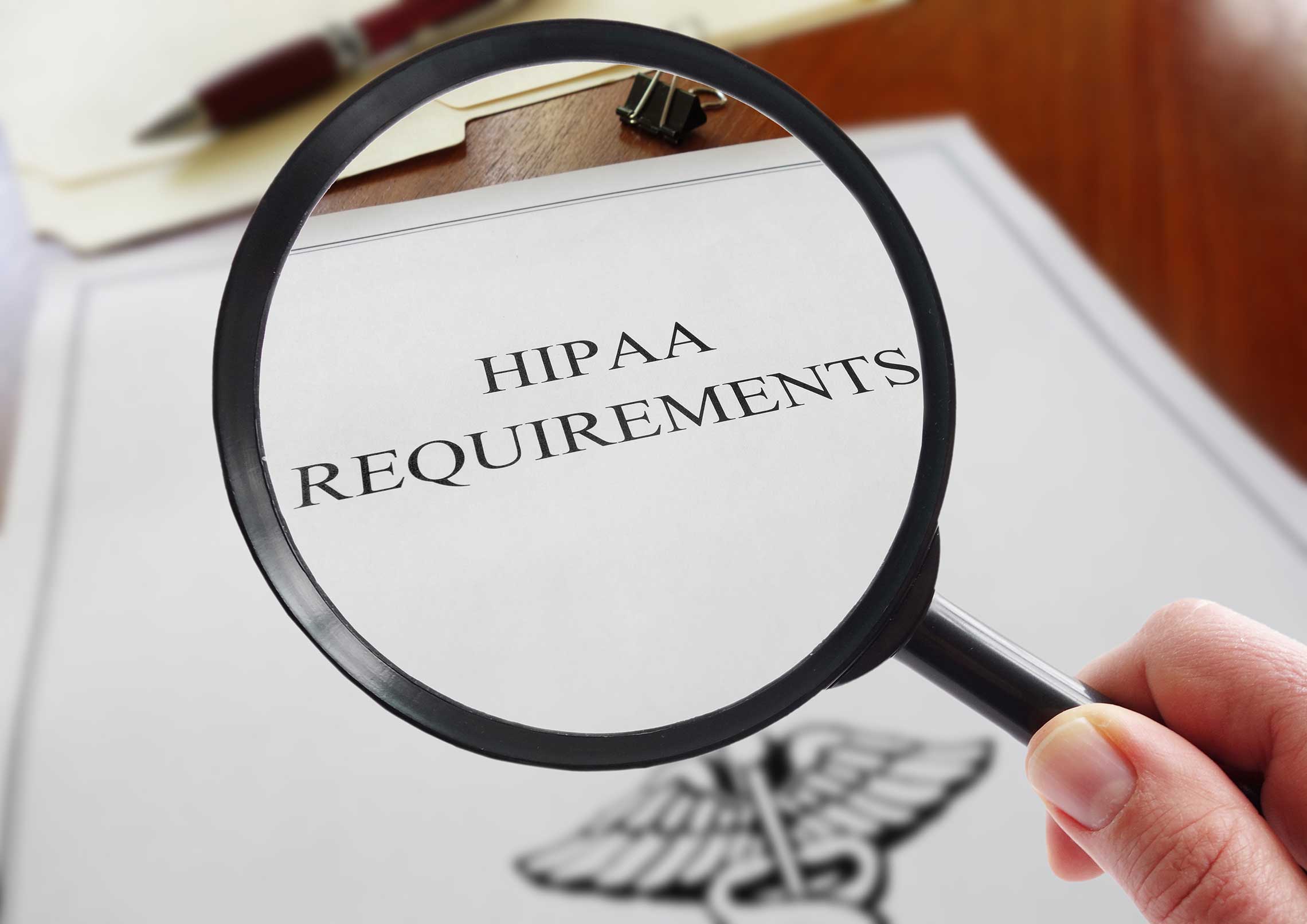The tax filing deadline this year is Monday, April 15, 2019, making now the ideal time to look at how newly-introduced Trump tax rules may affect seniors. Tax brackets have changed this year, with lower taxes for many people. However, some deductions are discontinued or capped, which could cut into any savings. Here we list important tax changes affecting seniors.
Senior Tax Planning in the Trump Era
Keep these points in mind when planning your tax strategy and filing 2018 federal taxes:
- Reconsider itemizing vs. standard deduction: The standard deduction is now $12,000 for singles and $24,000 for joint filers. Itemizing will benefit those whose deductible expenses are higher than this new threshold.
- Consider itemizing if medical expenses were over 7.5 percent: Add up your healthcare expenses to decide about whether or not to itemize. This year, if you itemize, you may deduct medical expenses that total more than 7.5 percent of your AGI (adjusted gross income).
- Think about moving for property tax savings: Moving may seem drastic, but if you’ve already been considering moving to another state, and/or downsizing to a smaller home for retirement, now may be the best time. Your state and local tax (SALT) deductions are now limited to $10,000, meaning you may not be able to deduct as much in property taxes (as you might have in past years). Moving to an area, or home, with a smaller tax bill may be worthwhile if property taxes are high where you currently live.
How the New, Lower Tax Rates and Bracket Changes May Help Seniors
- You may save on RMDs (required minimum IRA distributions): At age 70 ½, you must withdraw minimum amounts from your 401k or IRA, which adds to your income. Tax rates have gone down for many Americans, and brackets expanded. (There are 7 tax brackets, with tax rates from 10 percent up to 37 percent for high incomes.) This means your extra IRA or 401k distribution income won’t be taxed as heavily as it may have been in past years. Saving money here could make up for property taxes you might no longer deduct.
- You may save if some of your Social Security benefits are taxable: If your income (including Social Security benefits) exceeds a certain amount, the Social Security benefits may be partly taxed as income. However, the new tax brackets and lower rates across the board could take the sting out of a higher income.
Everyone’s tax situation is unique. Senior retirees should consult a financial advisor or tax consultant now, for specific advice on tax filing. Expert advisors are busy (and get even busier as days pass) this time of year–plus more people will seek professional help with the new tax rules this year. Starting now will allow you time to weigh any new tax strategy options you have, and get your 2018 taxes filed by the April 15, 2019, tax filing deadline. If you want to read more about the changes, this is a relatively short outline of tax changes issued by the IRS.
A Place at Home: Dedicated to Caring for Seniors
As a leader in the in-home senior care field, A Place at Home is dedicated to helping seniors enjoy the highest possible quality of life. That includes saving money on taxes and receiving convenient, compassionate home care. If you need more information about customized, at-home senior care options, contact us today.
NOTE: In Massachusetts and Maine, this year’s tax filing deadline is Wednesday, April 17, 2019, due to local holidays. For all other states, the tax deadline is Monday, April 15, 2019.














